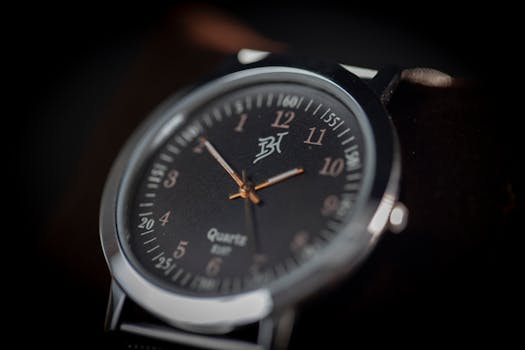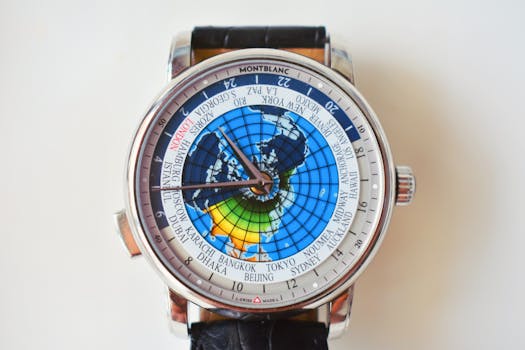
Exploring Different Types of Watch Movements – WordPress
Exploring Different Types of Watch Movements is a fascinating topic, especially when it comes to WordPress. Watch movements are the heart of any timepiece, and understanding the different types can help you appreciate the intricacies of timekeeping. In this article, we will delve into the various types of watch movements, their characteristics, and what makes them unique.
Introduction to Watch Movements
A watch movement is the mechanism that powers a timepiece, measuring the passage of time and displaying it on the watch face. There are several types of watch movements, each with its own strengths and weaknesses. The most common types of watch movements include quartz, mechanical, automatic, and kinetic.
Quartz Watch Movements
Quartz watch movements are the most common type of watch movement, accounting for over 90% of all watches produced. They use a quartz crystal that vibrates when an electric current is applied, dividing time into equal parts. Quartz movements are accurate, reliable, and require minimal maintenance. They are also relatively inexpensive to produce, making them a popular choice for fashion watches.
Mechanical Watch Movements
Mechanical watch movements, on the other hand, are powered by a mainspring that is wound by hand or automatically. They use a series of gears and levers to measure time, and are prized for their craftsmanship and beauty. Mechanical movements are less accurate than quartz movements but are highly valued for their historical significance and aesthetic appeal.
Automatic Watch Movements
Automatic watch movements, also known as self-winding movements, are a type of mechanical movement that winds itself using the wearer’s movements. They use a rotor to wind the mainspring, eliminating the need for manual winding. Automatic movements are convenient and require minimal maintenance, making them a popular choice for everyday watches.
Kinetic Watch Movements
Kinetic watch movements are a type of quartz movement that uses a rotor to generate electricity, powering the watch. They are similar to automatic movements but use a quartz crystal to regulate timekeeping. Kinetic movements are a good choice for those who want the accuracy of quartz movements with the convenience of automatic winding.
Other Types of Watch Movements
There are several other types of watch movements, including solar, GPS, and tourbillon movements. Solar movements use sunlight to power the watch, while GPS movements use satellite signals to regulate timekeeping. Tourbillon movements are a type of mechanical movement that uses a rotating cage to counteract the effects of gravity on timekeeping.
Takeaways
- Watch movements are the heart of any timepiece, and understanding the different types can help you appreciate the intricacies of timekeeping.
- Quartz movements are accurate, reliable, and require minimal maintenance, making them a popular choice for fashion watches.
- Mechanical movements are prized for their craftsmanship and beauty, and are highly valued for their historical significance and aesthetic appeal.
- Automatic movements are convenient and require minimal maintenance, making them a popular choice for everyday watches.
Conclusion
In conclusion, exploring different types of watch movements is a fascinating topic that can help you appreciate the intricacies of timekeeping. From quartz to mechanical, each type of movement has its own strengths and weaknesses, and understanding them can help you choose the right watch for your needs. Whether you’re a watch enthusiast or just starting to learn about timepieces, this article has provided you with a comprehensive overview of the different types of watch movements available.






